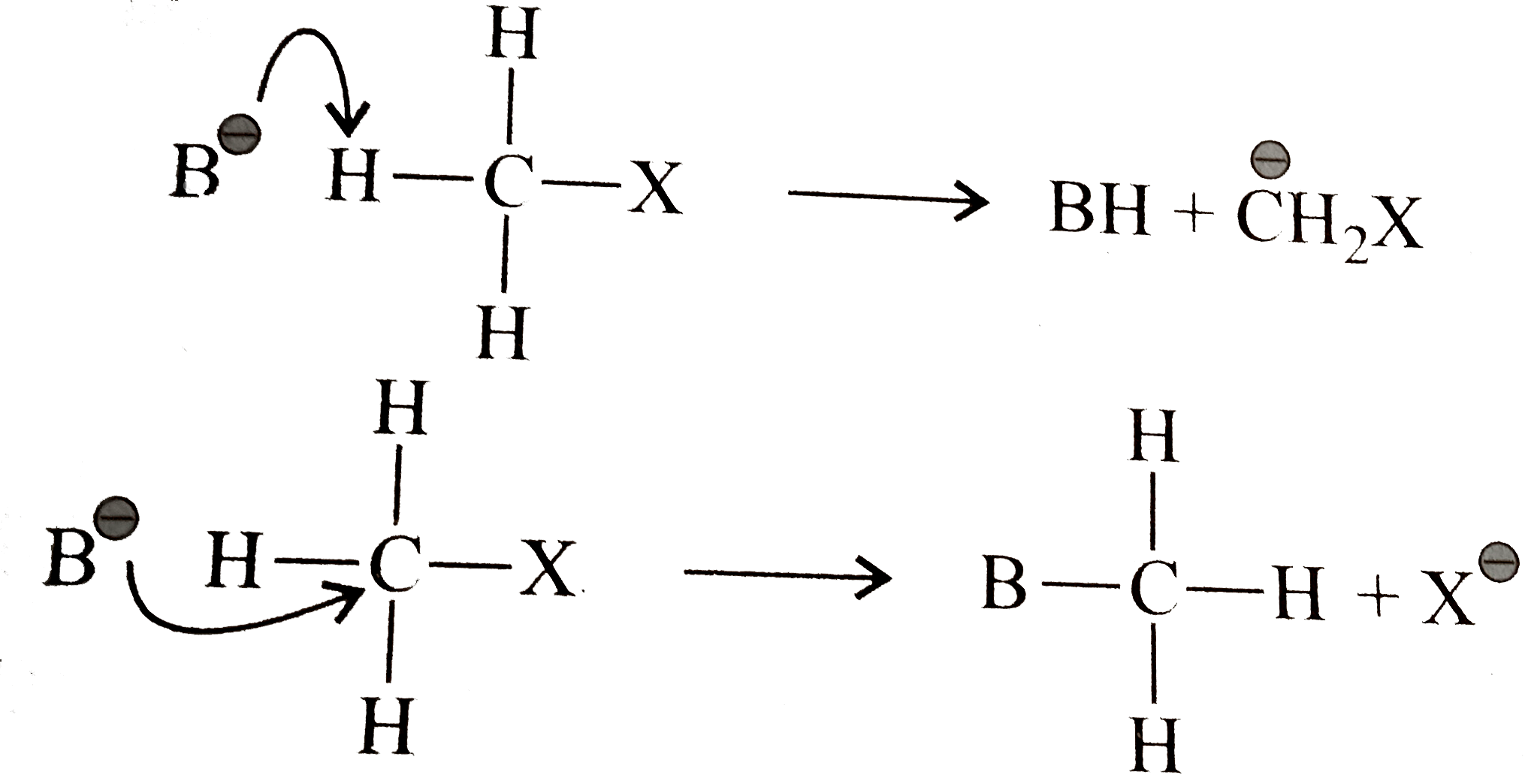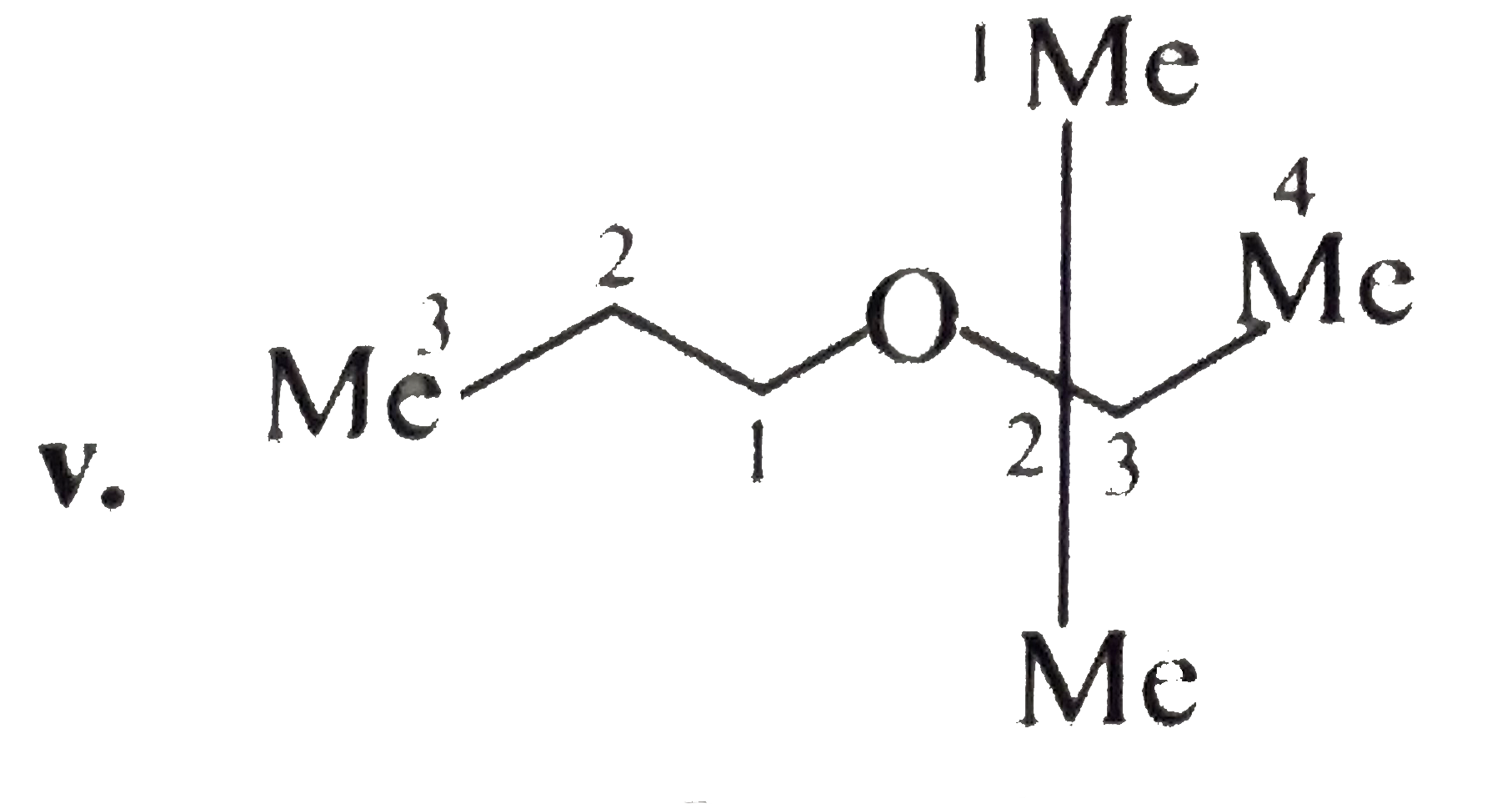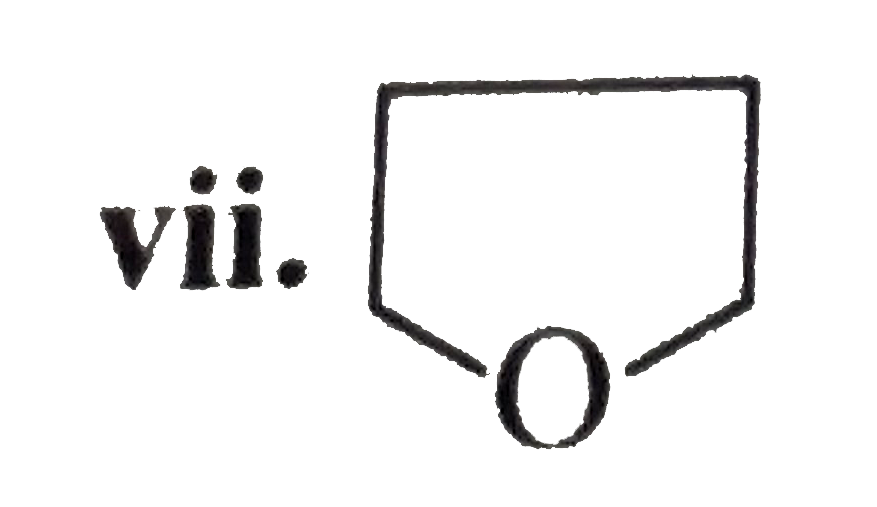and mechanisms
Step-by-Step Solution for SN1 and SN2 Mechanisms
Step 1: Definition of SN1 and SN2 Mechanisms
- SN1 Mechanism: This is a nucleophilic substitution reaction that involves a single reactant molecule (unimolecular) in the rate-determining step. The mechanism proceeds through the formation of a carbocation intermediate.
- SN2 Mechanism: This is a nucleophilic substitution reaction that involves two reactant molecules (bimolecular) in the rate-determining step. The reaction proceeds via a single transition state without the formation of an intermediate.
Step 2: Molecularity and Kinetics
- SN1: The molecularity is 1, and it follows first-order kinetics. This means that the rate of the reaction depends only on the concentration of the substrate.
- SN2: The molecularity is 2, and it follows second-order kinetics. This means that the rate of the reaction depends on the concentrations of both the substrate and the nucleophile.
Step 3: Solvent Effects
- SN1: The reaction is favored in a polar protic solvent (e.g., water, alcohol) which can stabilize the carbocation intermediate and solvate the leaving group.
- SN2: The reaction is favored in a polar aprotic solvent (e.g., acetone, DMSO) which does not solvate the nucleophile strongly, allowing it to be more reactive.
Step 4: Carbocation Stability
- SN1: The stability of the carbocation intermediate is crucial. The order of stability is tertiary > secondary > primary. Tertiary carbocations are more stable due to hyperconjugation and inductive effects.
- SN2: There is no carbocation intermediate; thus, the order of reactivity is reversed: primary > secondary > tertiary. Primary substrates are more reactive because they are less sterically hindered.
Step 5: Intermediate Formation
- SN1: Involves the formation of a carbocation intermediate, which is a key feature of the mechanism.
- SN2: There is no intermediate; the reaction occurs in one concerted step, leading to a transition state.
Summary of Differences
1. Molecularity: SN1 (unimolecular), SN2 (bimolecular).
2. Kinetics: SN1 (first-order), SN2 (second-order).
3. Solvent Preference: SN1 (polar protic), SN2 (polar aprotic).
4. Carbocation Stability: SN1 (tertiary > secondary > primary), SN2 (primary > secondary > tertiary).
5. Intermediate: SN1 (has a carbocation intermediate), SN2 (no intermediate).
- SN1 Mechanism: This is a nucleophilic substitution reaction that involves a single reactant molecule (unimolecular) in the rate-determining step. The mechanism proceeds through the formation of a carbocation intermediate.
- SN2 Mechanism: This is a nucleophilic substitution reaction that involves two reactant molecules (bimolecular) in the rate-determining step. The reaction proceeds via a single transition state without the formation of an intermediate.
- SN1: The molecularity is 1, and it follows first-order kinetics. This means that the rate of the reaction depends only on the concentration of the substrate.
- SN2: The molecularity is 2, and it follows second-order kinetics. This means that the rate of the reaction depends on the concentrations of both the substrate and the nucleophile.
- SN1: The reaction is favored in a polar protic solvent (e.g., water, alcohol) which can stabilize the carbocation intermediate and solvate the leaving group.
- SN2: The reaction is favored in a polar aprotic solvent (e.g., acetone, DMSO) which does not solvate the nucleophile strongly, allowing it to be more reactive.
- SN1: The stability of the carbocation intermediate is crucial. The order of stability is tertiary > secondary > primary. Tertiary carbocations are more stable due to hyperconjugation and inductive effects.
- SN2: There is no carbocation intermediate; thus, the order of reactivity is reversed: primary > secondary > tertiary. Primary substrates are more reactive because they are less sterically hindered.
- SN1: Involves the formation of a carbocation intermediate, which is a key feature of the mechanism.
- SN2: There is no intermediate; the reaction occurs in one concerted step, leading to a transition state.
1. Molecularity: SN1 (unimolecular), SN2 (bimolecular).
2. Kinetics: SN1 (first-order), SN2 (second-order).
3. Solvent Preference: SN1 (polar protic), SN2 (polar aprotic).
4. Carbocation Stability: SN1 (tertiary > secondary > primary), SN2 (primary > secondary > tertiary).
5. Intermediate: SN1 (has a carbocation intermediate), SN2 (no intermediate).
Similar Questions
Knowledge Check
- Question 1 - Select One
Which of the following compounds gives SN1,SN2 and SN2 mechanisms?
A B
B C
C D
D
- Question 2 - Select One
The rate of SN2 reaction depends on the effectiveness of the nucleophile in ejecting the leaving group. Nucleophilicity is the affinity for C atom, while basicity is the affinity for proton.

In both cases, a new bond is formed. If a new bond is formed between the anion and proton, the specied acts as a base. If a new bond is formed between the anion and C atom, the species acts as nucleophile.
Which of the following compounds gives SN1,SN2, and SN2 mechanisms ?A B
B CPh-ID
CPh-ID
- Question 3 - Select One
The first steps of SN1 and SN2 recatiosns are, respectively
ABoth exothermicBBoth endotherimicCEndothermic and exothermicDExothermic and endothermic
a. Given the major products formed by heating the following ethers with conc. HI with metioning SN−1 or SN−2 mechanism.
i. (1- Propoxy propane)
(1- Propoxy propane)
ii. Ph−−O−−Me (Methoxy benzene)
iii. Ph−−CH2−−O−−Et (benzyl ethyl ether)
iv. (1-Ethoxy-2-methyl butane)
(1-Ethoxy-2-methyl butane)
v. (2-Propoxy-2-methyl butane)
(2-Propoxy-2-methyl butane)
vi. PhCH2OPh (Benzyl phenyl ether)
vii. (Tetrahydrofuran, THF)
(Tetrahydrofuran, THF)
b. Given the products of the above ethers with excess of HI.
c. Why does SN−2 cleavage occur at a faster rate with HI than with HCI ?View SolutionPredicrt the order of reactivity of the following compounds in SN1 and SN2 reactions.
 View Solution
View SolutionSN2 reaction is a bimolecular reaction which takes places by the formation of T.S. Veolcity of the reaction depends on the concentration of the substrate as well as the nucleophile.
The reaction is favoureed by strong Nuo− and in the presence of polar aprotic sovlent, optically active halides give. Walken inversion by SN2 mechanism. The presence of hero group (atom) at β−C atom, unsaturation at β−C and ⎛⎜ ⎜⎝−O∣∣C−⎞⎟ ⎟⎠ group at α−C atomn favor SN2 mechanism.
Allyl halides and benzyl halides give SN1 and SN2 reactions. Allyl halides alos give SN2 mechanism EDG at ortho- and para- postions in benzyl halides favors SN1 mechanism, wheras EWG favors SN2 mechanism.
Which of the following will gives SN2 mechanism gtView SolutionSN2 reaction is a bimolecular reaction which takes places by the formation of T.S. Veolcity of the reaction depends on the concentration of the substrate as well as the nucleophile.
The reaction is favoureed by strong Nuo− and in the presence of polar aprotic sovlent, optically active halides give. Walken inversion by SN2 mechanism. The presence of hero group (atom) at β−C atom, unsaturation at β−C and ⎛⎜ ⎜⎝−O∣∣C−⎞⎟ ⎟⎠ group at α−C atomn favor SN2 mechanism.
Allyl halides and benzyl halides give SN1 and SN2 reactions. Allyl halides alos give SN2 mechanism EDG at ortho- and para- postions in benzyl halides favors SN1 mechanism, wheras EWG favors SN2 mechanism.
Which of the following will give SN2 mechanism?View SolutionSN2 reaction is a bimolecular reaction which takes places by the formation of T.S. Veolcity of the reaction depends on the concentration of the substrate as well as the nucleophile.
The reaction is favoureed by strong Nuo− and in the presence of polar aprotic sovlent, optically active halides give. Walken inversion by SN2 mechanism. The presence of hero group (atom) at β−C atom, unsaturation at β−C and ⎛⎜ ⎜⎝−O∣∣C−⎞⎟ ⎟⎠ group at α−C atomn favor SN2 mechanism.
Allyl halides and benzyl halides give SN1 and SN2 reactions. Allyl halides alos give SN2 mechanism EDG at ortho- and para- postions in benzyl halides favors SN1 mechanism, wheras EWG favors SN2 mechanism.
Which of the following will give SN1 reaction?View Solution

